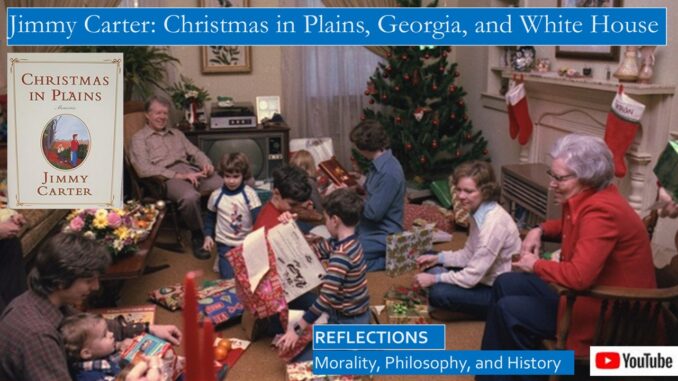
What was Christmas like in rural Plains and Archer, Georgia, hometowns of Jimmy Carter, in the depths of the Depression?
How did the white and black families in rural Georgia celebrate Christmas?
How did his twelve-year-old daughter, Amy Carter, influence Christmas when her father was President?
Which was Jimmy Carter’s favorite Christmas after he left the White House?
JIMMY CARTER’S YOUTH: CHRISTMAS AT PLAINS
Jimmy Carter reminisces: “Our family moved from Plains to the farm in 1928 when I was four years old. US Highway 280, then a narrow dirt road, was fifty feet in front of our house, a modest structure whose plans had been provided by Sears Roebuck. Paralleling the road was the Seaboard Airline Railway, heavily traveled in those days by both passenger and freight trains.”
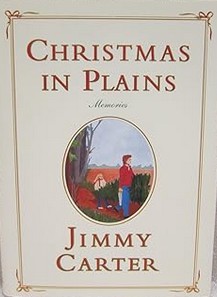
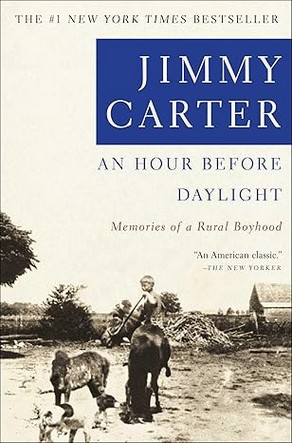
Jimmy Carter continues: “But now everything has changed. There is usually only one train a day, and most of the people have moved away. With the coming of modern transportation and the legal end of racial segregation, people have gone their separate ways, and the intimacy between black and white folks has disappeared.”
Jimmy Carter grew up on his family farm in Archery, Georgia, several miles from Plains. He remembers: “In those earlier days, all my close neighbors were black families.” Their children “were my intimate friends with whom I played, fought, fished, hunted, and worked with in the cotton and peanut fields that were owned by my father.” When he went into town to sell peanuts, and when he started school, he felt that he “was in an alien environment in Plains, away from my black friends.”
Jimmy Carter continues: “The Great Depression was a time of almost incredible poverty, not only in rural Georgia but all over the country. Although my father was a landowner, cash money was scarce for us and for everyone else. Land seemed to have the only permanent economic value, and hard work was the key to survival. The celebration of Christmas during these times was quite different from what we know today: much more frugal, but with a degree of personal intimacy that brings back warm recollections.”[1]
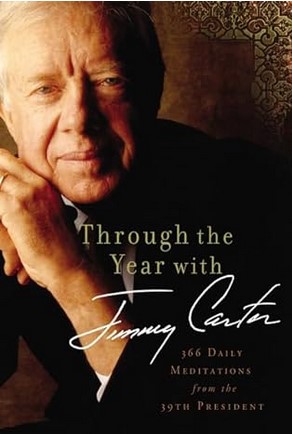
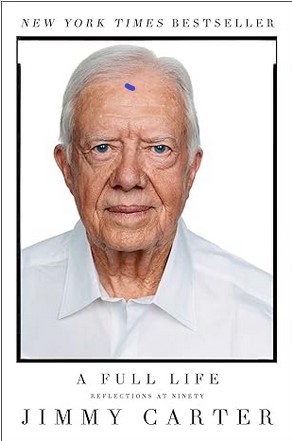
The biggest difference between Christmas in rural Georgia during the Depression and today’s celebrations was that in rural Georgia all the Christmas decorations were homemade, as were many of the Christmas presents.
Jimmy Carter recalls: “Throughout the year, Daddy and I were on the lookout in our woods for a relatively wild red cedar that would make a good Christmas tree, one that was perfect in size and shape.” “Even without electricity, the decorations could be beautiful.” “We children would paint different colored magnolia leaves at school, and these were mixed with the green leaves and red berries and holly to decorate our mantelpiece, tabletops, and around the base of the tree.”
Jimmy Carter continues: “We made Christmas tree decorations in our school classrooms,” which included “long chains of circled and glued paper strips of different colors,” plus “ropes of popcorn or cranberries strung on long slender threads” to wrap around the tree, plus homemade ornaments and tinsel cut from the tinfoil in cigarette packs. “All of us were proud to learn how to make a perfect five-pointed star with one scissor snip if the heavy paper was folded correctly, and then we covered it with tinfoil.”[2]
CHRISTMAS PRESENTS FOR JIMMY AND HIS BLACK FRIENDS
Jimmy Carter fondly remembers: “My most memorable Christmas morning was when I found” “just two oranges, some English walnuts, dried raisins, and a pair of trousers. Trying not to appear frantic or disappointed, I searched all around the tree and attempted to control my trembling lips and to hold back tears, as I considered myself too old to cry. After a few moments, Daddy said, ‘Sometimes I think old Santa might leave something out in the yard.’ I looked out of the living room window.” “There, outside, with her reins tied to a tree limb, was a Shetland pony!”
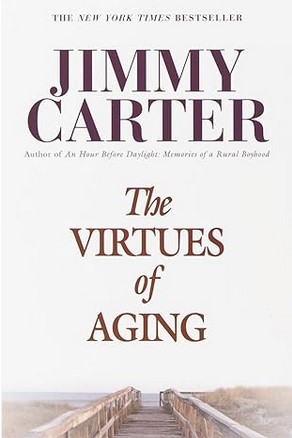
In other years, Jimmy Carter often received books as presents, one year receiving a twenty-plus volume set of books. But Jimmy Carter remembered: “We Carter children expected and usually received some nice presents on Christmas, and sometimes it was embarrassing to compare mine with those of my black playmates. There was no doubt they also believed in Santa Claus, but their expectations were much lower. With annual incomes of just three hundred dollars or so to buy food, clothing, medical care, and all the other necessities for an entire family, their Christmases lacked any such luxuries as store-bought toys or presents.” But Jimmy and his siblings shared their playthings when playing with their black friends.
Jimmy Carter continues: “Usually, the black children had individual shoeboxes labeled with their names, carefully saved from one season to another. These would be placed side by side near the fireplace, and an outstanding Christmas morning would bring an orange or an apple and some raisins.” “A little boy might get a toy made by his father, and a girl usually expected a homemade doll, with corn shucks or wheat straw making up its main structure.” Jimmy remembered how their black tenant farmers could buy small toys in the Carter store next to their house that cost a dime or less.[3]
MEMORIES OF CHRISTMAS AT THE WHITE HOUSE
For the first three years of his Presidency, the Carters spent the Christmas holidays at Plains, Georgia. The Carters hoped to leave the hustle and bustle of politics behind in Washington, but it followed them to Plains. During his Presidency, the small town of Plains, Georgia had other visitors, including protesters from the Ku Klux Klan, Taiwanese activists who protested the normalization of relations with mainland China, and American Farm Movement tractors protesting US farm policies.
Their youngest daughter, Amy Carter, grew up in the White House. During one Plains Christmas, Amy escaped on her bike with a friend when the Secret Service agent assigned to protect her visited the restroom. Amy and her friend skedaddled, parking their bikes out of sight in the bushes and hiding nearby. Her Secret Service agents were waiting when they emerged from hiding.
Many of the foreign affairs initiatives affected the celebration of Christmas in the White House. Rosalyn Carter promoted welfare of refugees from Vietnam and Cambodia, as tens of thousands were crowded in camps in Thailand. In particular, the Iranian hostage crisis during last two years of his Presidency affected how Christmas was celebrated at the White House.
Jimmy Carter remembers: “Bob Hope called to tell me he was planning a trip to Iran so he could entertain the American captives on Christmas Day.” “I knew his plans were hopeless. Like most people, he underestimated the deep hatred toward America and the militant attitude of the Ayatollah Khomeini and those who were holding the prisoners” in the American embassy.
Jimmy Carter needed to stay in Washington for his last White House Christmas after he lost the 1980 election to Ronald Reagan, since the Iran hostage negotiations were not yet concluded. Our tour guide when we visited the Carter Presidential Library discussed the various theories on why the hostages were not released until the opening hours of Reagan’s Presidency.
Jimmy Carter, Humble and Diligent President Facing Many Challenges: Presidential Library Tour, 3 of 4
https://youtu.be/GYqBplXHlcw
In December 1980, Algerian delegates in Iran reported that “all the prisoners were in good shape, and forty-two of the fifty-two prisoners had sent letters to their folks back home. The Iranians had not interfered with these visits.”
When he was young, Jimmy Carter had mostly black playmates on his farm before he went to school, and these friendships lasted through his school years and afterward. At the White House, Amy Carter was the closest to the White House staff, many of whom were minorities as well.
Jimmy Carter remembers: “More than any others in our family, Amy was immersed in the lives of the White House staff, spending hours in the kitchen and other places with the cooks, stewards, laundry workers, ushers, maids, butlers, and maintenance men. When I mentioned how empty Camp David seemed, she replied that very few of these loyal workers had ever been to Camp David, although many of them had served in the White House for several decades, and some were approaching retirement. We agreed with her suggestion to invite all of them to come up and spend Christmas Day with us” at Camp David, “with no responsibilities at all except that the Filipino stewards already on duty would prepare a festive meal for everybody.”
Jimmy Carter concludes: “We enjoyed acting as guides, showing off the various cabins, the swimming pool, the bowling alley, the room where we had Sunday religious services, and answering their questions about how the Egyptians and Israelis had lived and worked during the long peace talks” at Camp David. “After a Christmas dinner of turkey with all the trimmings and individual photographs with each family, we waved goodbye to the buses” bringing the White House staff and their families back home. “Their visits had turned our potentially lonely Christmas Day into one that we would never forget.”[4]
BEST CHRISTMAS AFTER THE WHITE HOUSE
What was Jimmy Carter’s best post-White House Christmas? He remembers the 1991 Christmas involving “Curtis Jackson, a black man who was born and spent his early adulthood on the farm of Rosalynn’s grandfather.” After her family retired from farming, “Curtis got a job on a sawmill crew. He would get up each morning at four o’clock,” “and would walk to the center of Plains, where a logging truck picked him up to go to a large sawmill in Dumas, about five miles west of town.” “During his seventh years working there, Curtis’ chain saw slipped when he was cutting limbs, and severed his right leg just above the knees.”
Jimmy Carter continues: “When he could walk again, Curtis got a job as a handyman at the local nursing home.” “He worked there another seven years, then Rosalyn and I hired him to help me to tend to our yard and keep a path cleared around our fishpond. Curtis was a willing worker, always laughing about something. He loved to describe farm life as he remembered it from his boyhood,” and some of his stories found their way into Jimmy Carter’s reminiscences.
Jimmy Carter recalls: “Curtis had a lot of trouble with his wooden leg, so one day we drove to a nearby city where he was fitted with a well-designed prosthesis. For the first time since his accident, he could walk without pain.”
Jimmy Carter recalled: “When Curtis’ wife, Martha, became ill, we went to visit her. We were appalled at their ramshackle house. It had no heat except a small wood stove. We could see through the walls in several places, and there were old buckets sitting around to catch the streams of water that came through the roof when it rained.”
“Curtis said, ‘It’s good on clear nights. We can see the stars from our bed.’ Some of the sills had rotted out, and the limber floorboards bent down like a trampoline with your weight.” The Carters decided that Habitat for Humanity, a charity they worked with, should build a new home for Curtis and his wife.
Normally Habitat for Humanity asks the future owners to contribute “five-hundred hours of work and pay the full cost of their new house, including materials and labor,” though most of the labor was donated by volunteers. Since he was handicapped, many of Curtis’ neighbors’ labor counted towards the requirement.” The zero-interest twenty-year mortgage kept “Curtis’ monthly payments low enough that could afford to pay them from his Social Security income.” “Curtis couldn’t read or write, so we prepared the papers.”
There were enough volunteers in Plains that they could “set Christmas Eve as a target date for the completion of the house. We spent the last two days and nights putting on the final touches: laying carpets and tile floors, planting shrubbery, trimming the doors and windows, installing a new stove, refrigerator, and heating system, and hanging paintings on the walls. Our children and grandchildren who came to Plains for Christmas joined us, and we labored until dark on Christmas Eve to complete the multitude of small tasks that always confront builders at the last minute.”[5]
DISCUSSING THE SOURCES
Jimmy Carter’s Christmas at Plains also recalls Christmas when the Carters moved away from rural Georgia. This account is a fascinating reflection on life in rural Georgia during the Depression, including reflections also discussed in his memoir, An Hour Before Daylight, Memories of a Rural Boyhood. This memoir includes reflections on how sharecropping functioned when the white landowner cared deeply about the welfare of his black tenant farmers. This memoir also reflects on the unintended consequences of FDR’s New Deal Farm policies, how these policies often hurt the poorest tenant sharecropper families, and how black and white families coped during the trying times of the Depression.
Jimmy Carter’s Christmas at Plains also includes memories of the Christmas feasts, how they hunted for some of their meals, and Carter family recipes. He also has a chapter on how he and his playmates set off fireworks during the holidays, and the differences between how white and black families celebrated Christmas. He also discussed how he and Rosalyn celebrated Christmas when he attended the Naval Academy and during his early years in the Navy, and also some details on how they celebrated Christmas at the White House.
Many of these memories are also discussed in his Daily Devotions, one devotion for each day of the year.
Jimmy Carter: Autobiographical, Historical, and Humorous Reflections From His Daily Devotions
https://seekingvirtueandwisdom.com/jimmy-carter-autobiographical-historical-and-humorous-reflections-from-his-daily-devotions/
https://youtu.be/C2LPpDU7udY
Jimmy Carter Inspirational Daily Devotions: Bible Stories, Reflections on Historical Events
https://seekingvirtueandwisdom.com/jimmy-carter-inspirational-daily-devotions-bible-stories-reflections-on-historical-events/
https://youtu.be/b24kTvwmuU0
There are also many personal stories in our reflections on the autobiography Jimmy Carter, A Full Life, Reflections at Ninety.
Jimmy Carter’s Youth and Navy Years: From Plowing With Mules to Nuclear Submarines
https://seekingvirtueandwisdom.com/jimmy-carters-youth-and-navy-years-from-plowing-with-mules-to-nuclear-submarines/
https://youtu.be/em5snF_iKkE
Jimmy Carter Presidency, then Carter Center, Diplomacy and Charity
https://seekingvirtueandwisdom.com/jimmy-carter-his-presidency-and-founding-the-carter-center/
https://youtu.be/sN3MQevsDa4
And our tour guide had more personal stories about the Carters when we visited the Carter Presidential Library.
Jimmy Carter’s Youth, School Days, and Navy Days: Presidential Library Guided Tour 1 of 4
https://youtu.be/6rO9bh76PRc
Jimmy Carter, Georgia State Senator & Governor, Running for President: Presidential Library Tour, 2 of 4
https://youtu.be/6rO9bh76PRc
Jimmy Carter, Humble and Diligent President Facing Many Challenges: Presidential Library Tour, 3 of 4
https://youtu.be/GYqBplXHlcw
Jimmy Carter, Founding Carter Center After Presidency: Presidential Library Tour, 4 of 4
https://youtu.be/Z0CNaKpHEAc
We also reflected on Jimmy Carter’s book, The Virtues of Aging.
Jimmy Carter on the Virtues of Aging and Retirement
https://seekingvirtueandwisdom.com/jimmy-carter-on-the-virtues-of-aging-and-retirement/
https://youtu.be/JozGKCnUyaI
[1] Jimmy Carter, Christmas in Plains (New York: Simon and Schuster, 2001), Chapter 1, Christmas as a Child, pp. 15-18.
[2] Jimmy Carter, Christmas in Plains, Chapter 3, Christmas Events, pp. 25-27.
[3] Jimmy Carter, Christmas in Plains, Chapter 6, Christmas At Our House, pp. 57-66.
[4] Jimmy Carter, Christmas in Plains, Chapter 11, Christmas As the First Family, pp. 113-143.
[5] Jimmy Carter, Christmas in Plains, Chapter 13, Best Christmas of All, pp. 151-155.

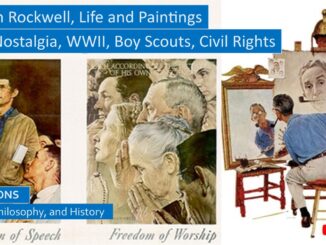
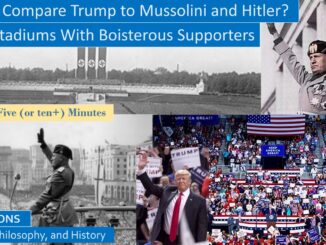
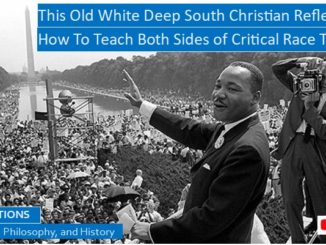
3 Trackbacks / Pingbacks